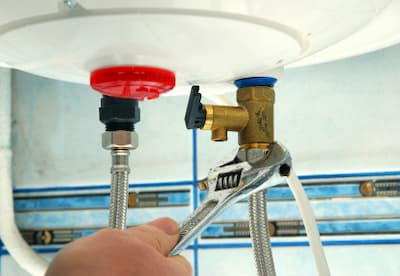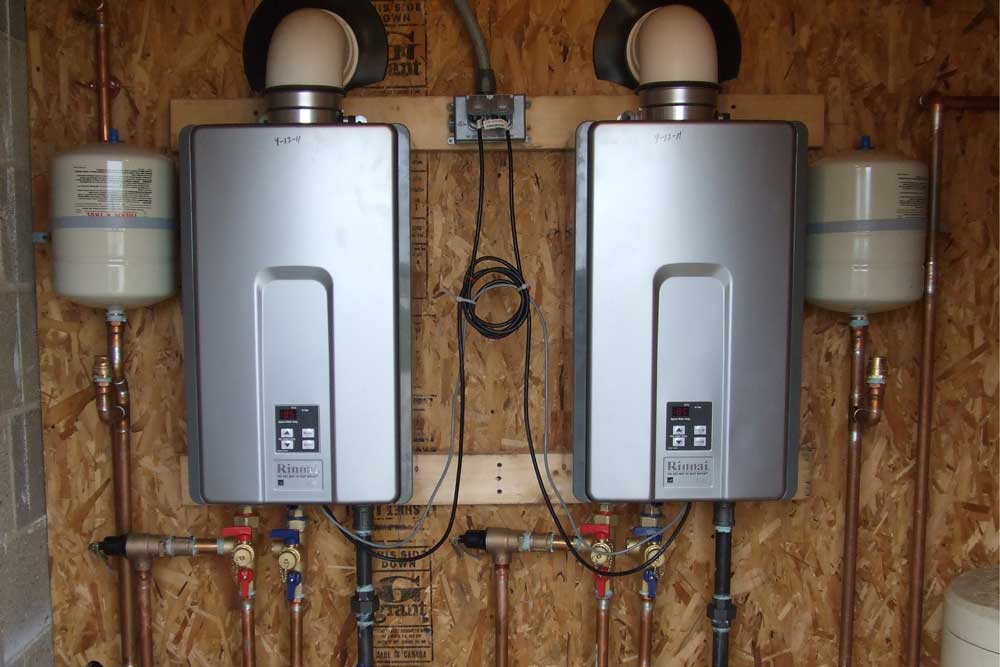Effective Techniques for Caring for Your Home's Hot Water SystemTop Ways to Care for Your Home's Hot Water System Effectively
Effective Techniques for Caring for Your Home's Hot Water SystemTop Ways to Care for Your Home's Hot Water System Effectively
Blog Article
They are making several good annotation related to How to Maintain a Hot Water Heater in a Few Simple Steps as a whole in the article just below.

Warm water is important for day-to-day comfort, whether it's for a rejuvenating shower or cleaning recipes. To ensure your warm water system runs successfully and lasts longer, routine upkeep is vital. This short article supplies practical suggestions and understandings on how to maintain your home's hot water system to stay clear of disturbances and expensive repairs.
Introduction
Preserving your home's warm water system might seem complicated, but with a few basic actions, you can guarantee it operates smoothly for many years to find. This overview covers every little thing from recognizing your warm water system to do it yourself upkeep tips and knowing when to call expert assistance.
Value of Maintaining Your Hot Water System
Regular maintenance not just expands the life-span of your warm water system but also ensures it runs effectively. Disregarding upkeep can bring about lowered performance, greater power expenses, and even premature failure of the system.
Signs Your Warm Water System Demands Upkeep
Understanding when your hot water system requires focus can stop major issues. Look out for signs such as irregular water temperature level, odd noises from the heater, or rusty water.
Comprehending Your Hot Water System
Prior to diving into maintenance jobs, it's useful to understand the fundamental parts of your hot water system. Commonly, this includes the water heater itself, pipelines, anode poles, and temperature controls.
Monthly Upkeep Tasks
Routine monthly checks can help capture minor issues prior to they escalate.
Purging the Water Heater
Flushing your hot water heater eliminates sediment build-up, enhancing performance and extending its life.
Checking and Changing Anode Rods
Anode rods protect against rust inside the tank. Evaluating and changing them when worn out is critical.
Checking and Adjusting Temperature Level Settings
Readjusting the temperature level settings makes sure optimal efficiency and security.
DIY Tips for Upkeep
You can perform a number of maintenance tasks on your own to maintain your hot water system in leading condition.
Looking for Leaks
Regularly check pipes and links for leaks, as these can cause water damage and greater costs.
Evaluating Stress Relief Valves
Examining the stress relief valve guarantees it functions properly and protects against extreme stress buildup.
Shielding Pipes
Protecting warm water pipes lowers heat loss and can save power.
When to Call a Professional
While do it yourself upkeep is useful, some problems call for expert experience.
Facility Issues Needing Specialist Help
Instances consist of major leaks, electric troubles, or if your water heater is constantly underperforming.
Regular Professional Maintenance Conveniences
Professional maintenance can include detailed examinations, tune-ups, and ensuring compliance with security criteria.
Conclusion
Normal maintenance of your home's hot water system is vital for performance, long life, and cost savings. By complying with these ideas and recognizing when to look for specialist help, you can ensure a reputable supply of hot water without unforeseen disturbances.
How to Maintain an Instant Hot Water Heater
Before tinkering with your hot water heater, make sure that it’s not powered on. You also have to turn off the main circuit breaker and shut off the main gas line to prevent accidents. Also turn off the water valves connected to your unit to prevent water from flowing into and out of the appliance. 2. When you’re done, you have to detach the purge valves’ caps. These look like the letter “T” and are situated on either side of the water valves. Doing so will release any pressure that has accumulated inside the valves while at the same time avoid hot water from shooting out and burning your skin. 3. When the purge valves’ caps are removed, you have to connect your hosing lines to the valves. Your unit should have come with three hoses but if it didn’t, you can purchase these things from any hardware or home repair shops. You can also get them from retail stores that sell water heating systems. Read the user’s manual and follow it to complete this task properly. When the hosing lines are connected, open the purge port’s valves. 4. You should never use harsh chemical cleaners or solutions when cleaning your unit. Make use of white vinegar instead. It should be undiluted and you’ll probably use about 2 gallons. 5. Now flush your water heater. This task should probably take about 40 minutes. We can’t give you specific directions for this because the procedure is carried out depending on the type, model and brand of your heater. With that being said, refer to the user’s manual. 6. When you’re done draining the unit, you have to turn off the purge port valves again. Remove the hosing lines that you earlier installed on each of the water valves. Put the valve caps (purge port) back in their respective places and be very careful so as not to damage the rubber discs that are found inside these caps. 7. Now that everything’s back in place, check your user’s manual again to find out how to reactivate your water heating system. 8. Once it is working, turn one of your hot water faucets on just to let air pass through the heater’s water supply pipes. Leave the tap on until water flows smoothly out of it. https://www.orrplumbing.com/blog/2014/september/how-to-maintain-an-instant-hot-water-heater/

I found that blog posting about Tips on Maintaining a Water Heater when doing a lookup on the web. Liked our blog? Please quickly share it. Let someone else check it out. I cherish reading our article about Tips For Maintaining Your Hot Water Heater.
Get Started Report this page